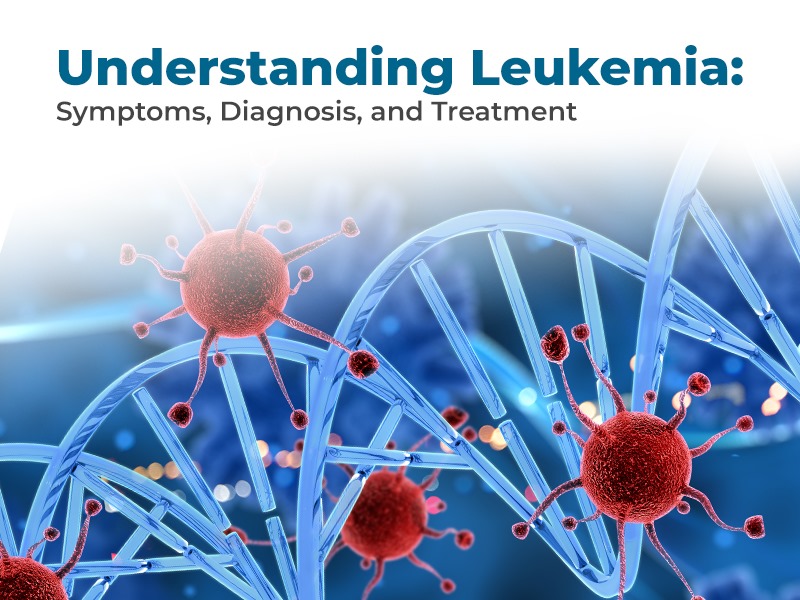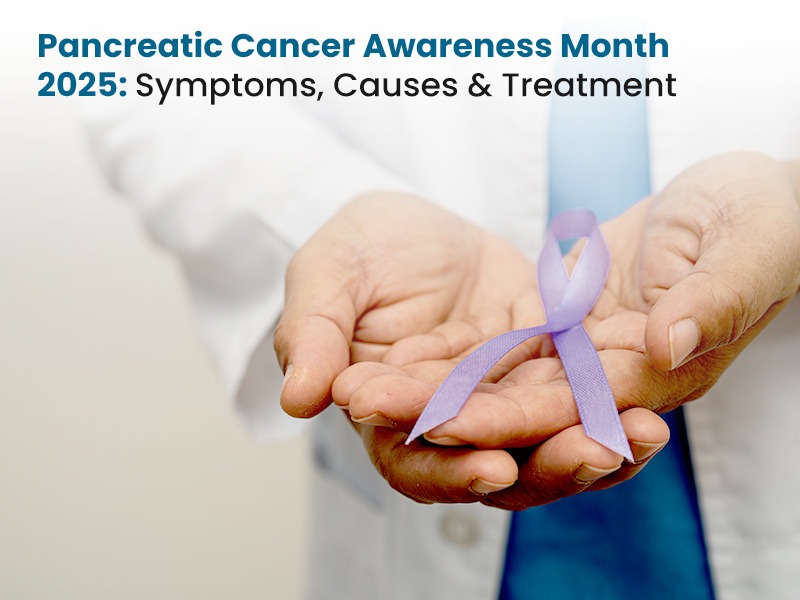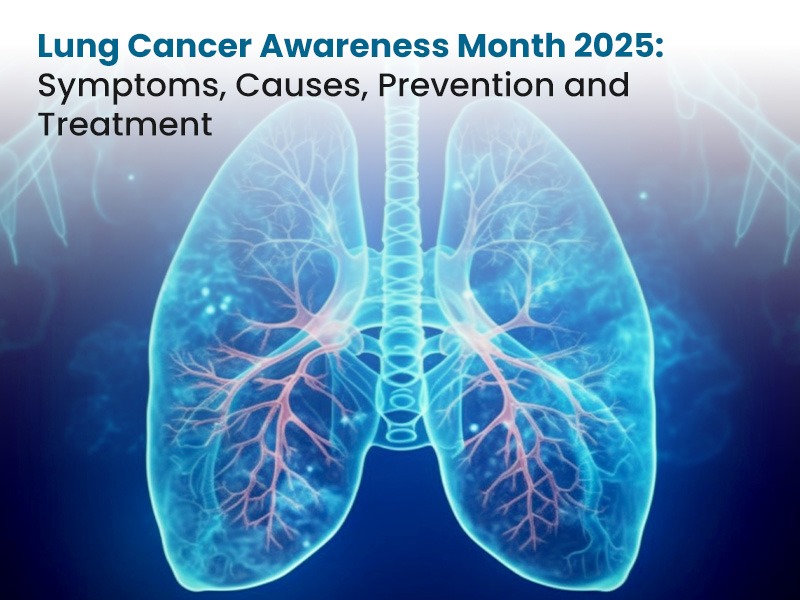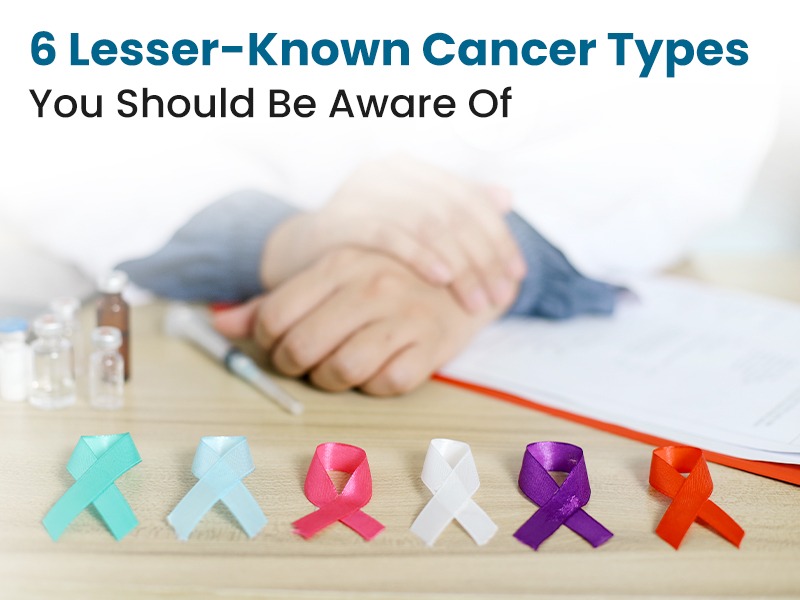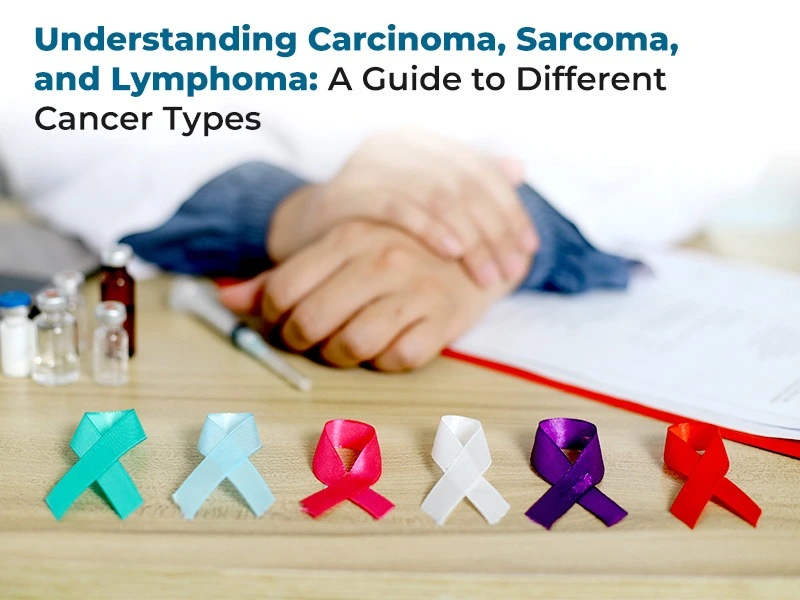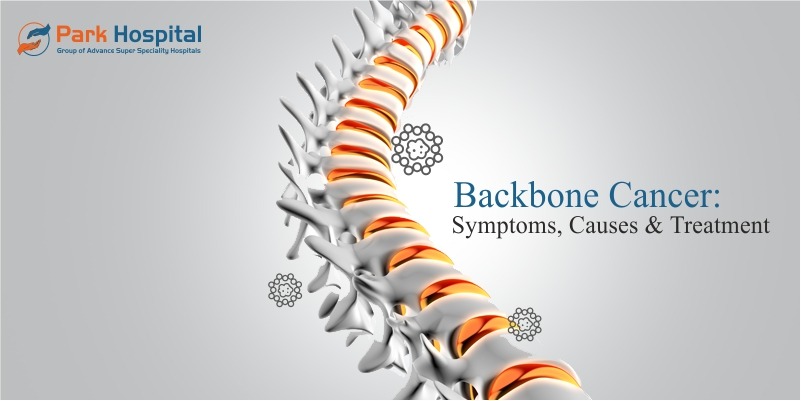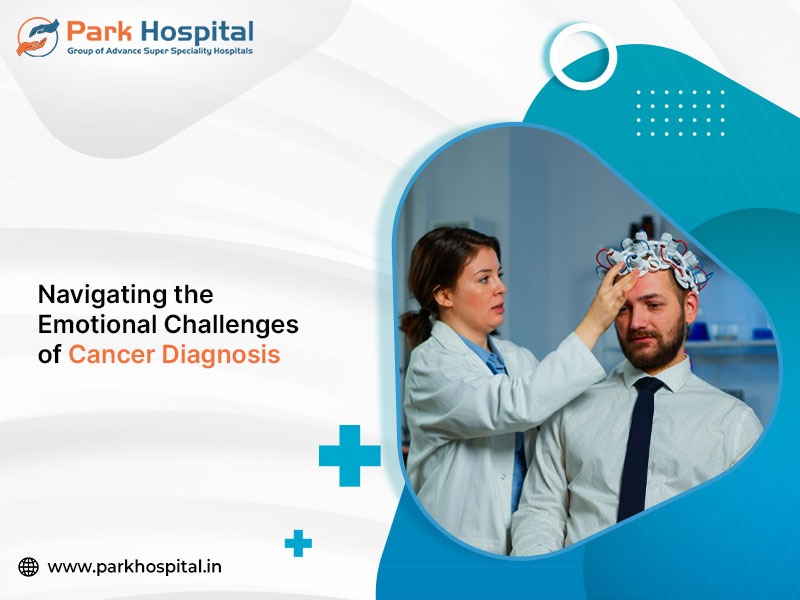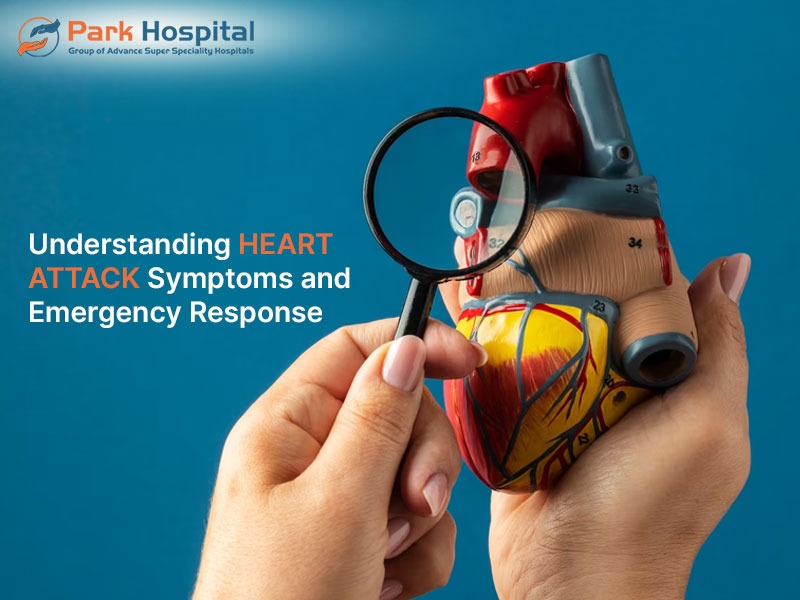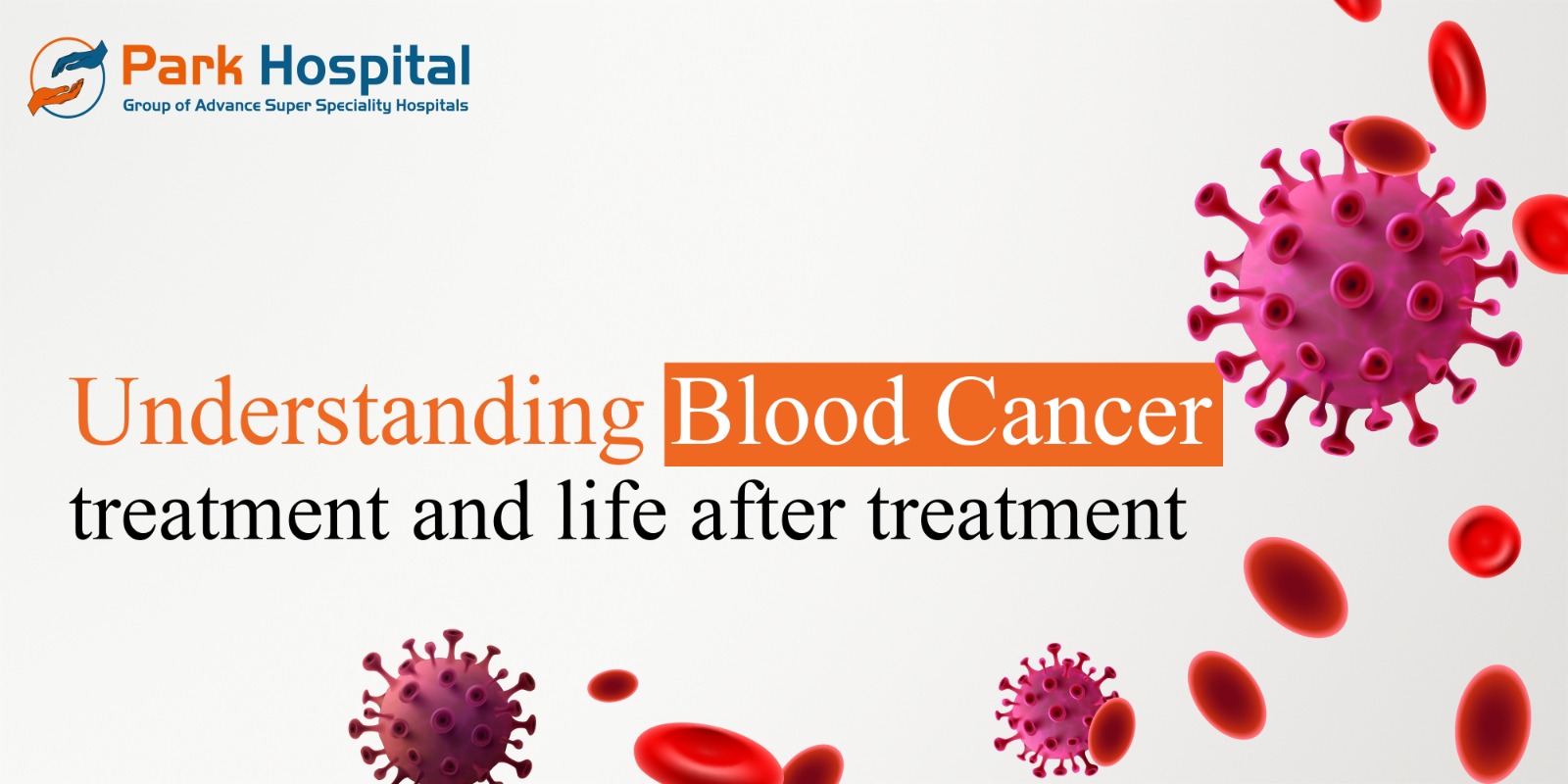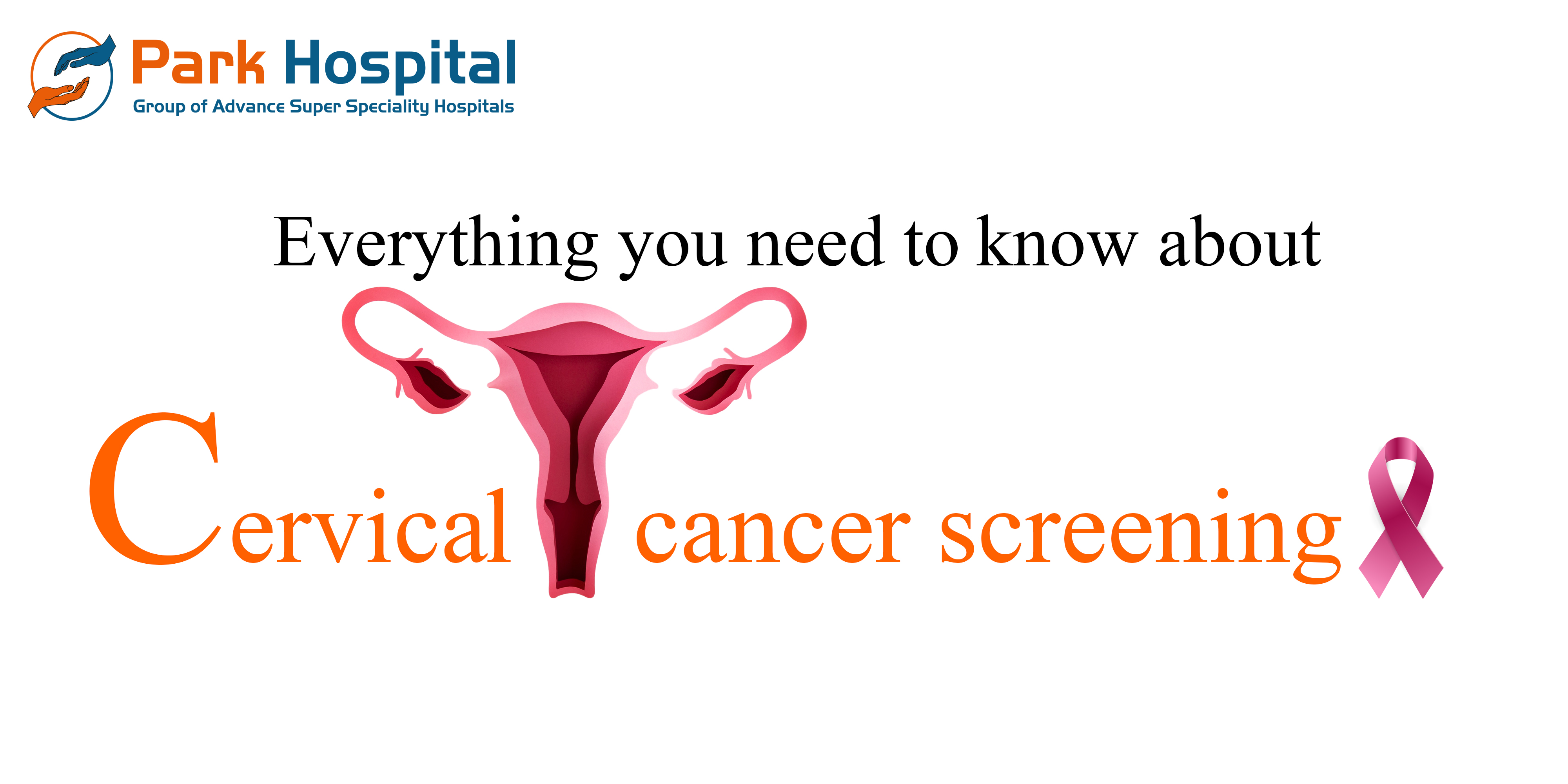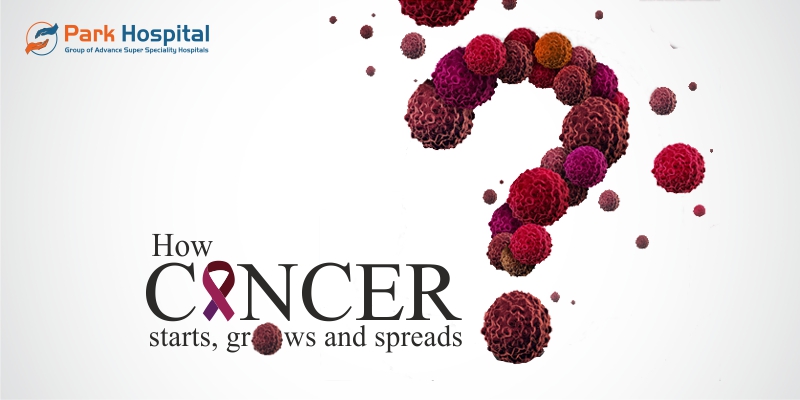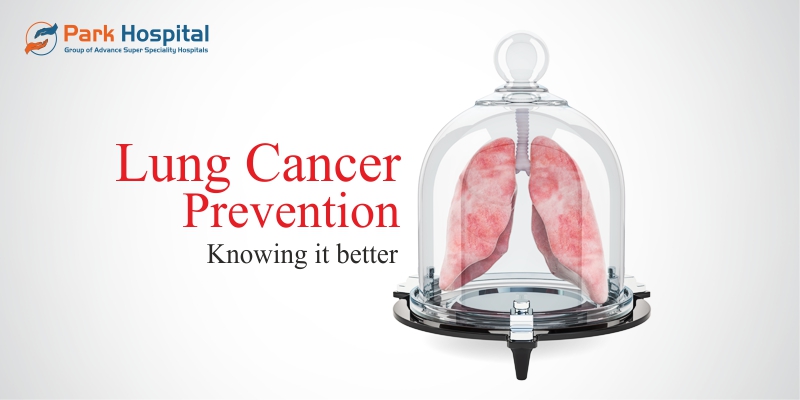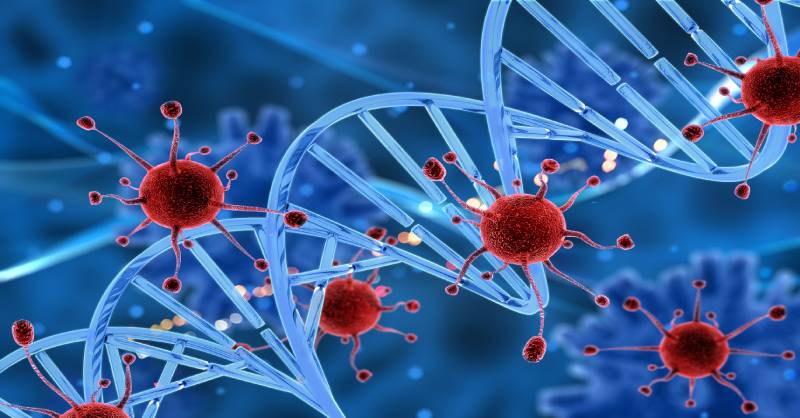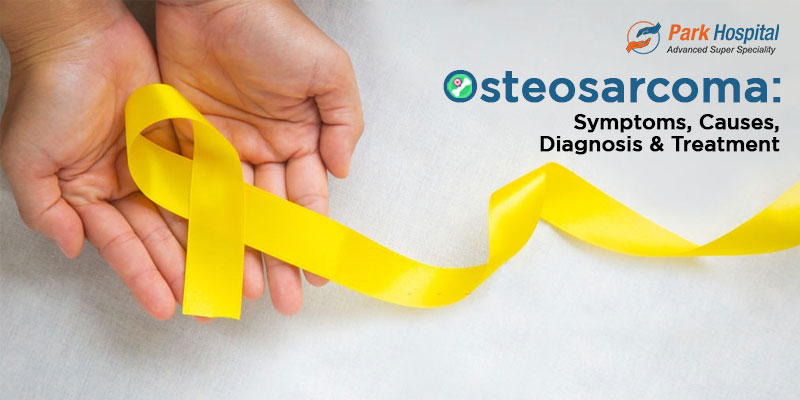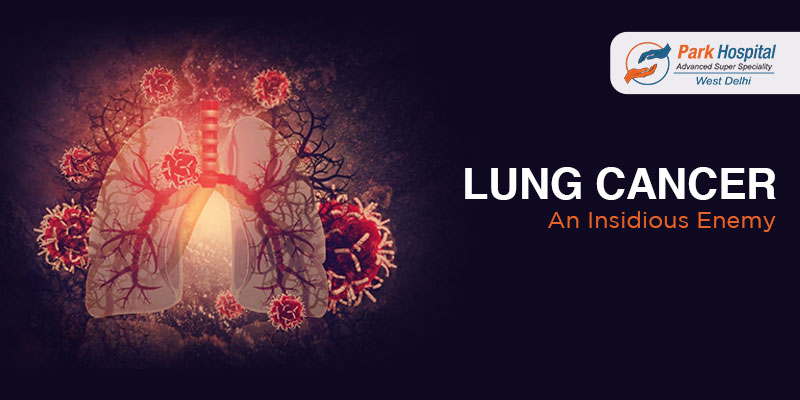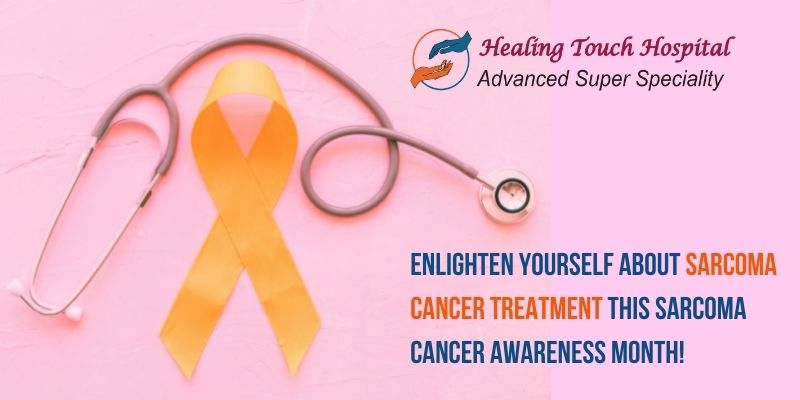Introduction
Leukemia is a type of cancer-causing abnormal production of white blood cells (WBC). The extreme production affects the blood and bone marrow severely. It impairs the body’s ability to fight off infections and bacteria, produce healthy blood cells, and maintain healthy blood functions. An immediate visit to a Cancer hospital becomes mandatory to prevent it from scattering. Park Hospital takes pride in the facilities they provide their patients. From expert guidance to comprehensive treatment processes, Park Hospital offers an extensive range of services and support that address every aspect of patient care.
Recognizing the Common Signs And Symptoms of Leukemia
Recognizing and understanding the early symptoms of leukemia is quite vital for effective treatment options to be initiated. The symptoms of leukemia can vary, depending on the type of leukemia you are suffering from. However, here are some of the common symptoms of leukemia that are crucial to detect early for medical intervention:
1. Swollen Lymph Nodes: Swelling of lymph nodes, especially in the neck, armpit, and groin area. When the lymph nodes are extremely enlarged, they are a significant sign of your body's inability to fight off infections.
2. Unexplained Weight Loss: A sudden and unexplained change in weight without any external influences can be one of the most concerning symptoms associated with leukemia. Loss of appetite is also one of the common symptoms, later leading to the rapid loss of weight.
3. Night Sweats: Night sweats are usually episodes of excessive sweating during sleep. These are usually not related to the temperature or any physical activity. It can be accompanied by other symptoms like fever and fatigue.
4. Easy Bruising or Bleeding: Leukemia leads to the reduction of platelets. Platelets usually help in clotting and prevent bleeding. A reduced amount of platelets can often lead to easy bruising and excessive bleeding. Hence, if the bleeding persists, it could be one of the underlying symptoms of leukemia’s presence in your body.
Diagnostic Approaches for Leukemia
Cancer treatment hospital usually use several approaches to detect and perform a diagnosis of leukemia. Here are some of the methods they use:
1. Blood Tests: The blood tests are conducted to evaluate the level of red blood cells (RBC), white blood cells (WBC), and platelets. It is conducted to assess the severity of the condition and the body’s ability and readiness to manage it.
2. Bone Marrow Biopsy: If blood tests suggest the presence of leukemia, then a bone marrow biopsy is performed. In the process of biopsy, a small sample of bone marrow is extracted, usually from the hip bone, by using a needle. It is then examined to detect the leukemic cells.
3. Genetic Testing: There are several tests, for instance, fluorescence in situ hybridization (FISH), polymerase chain reaction (PCR), and karyotyping, that are used to detect specific genetic mutations. It helps further identify the type of leukemia you are suffering from.
Exploring The Effective Strategies And Treatment For Leukemia
There are several strategies used to alleviate symptoms and underlying causes and promote overall health and well-being. Here are some of those effective treatment strategies used by professionals at cancer treatment hospital:
1. Chemotherapy: Chemotherapy is an initial step towards recovery. It involves using apt drugs to kill the leukemia cells and prevent them from growing and spreading. It is usually divided into different stages: induction, consolidation, and maintenance.
2. Radiation Therapy: Radiation therapy uses the energy of radiation to kill leukemic cells and restrain them from spreading further. It is usually used to treat specific affected areas like the brain or the spinal cord.
3. Bone Marrow Transplant: It is also known as stem cell transplant, where the diseased bone marrow is replaced with a healthy one, either received by a donor (allogeneic transplant) or the patient’s cells (autologous transplant).
Comprehensive Insights Into Leukemia For Effective Management
Understanding the symptoms and signs of leukemia is a vital step to prevent it from progressing. A prompt visit to a Cancer hospital can help with the right diagnosis and further treatment of this condition. Park Hospital strives to maximize its patients' comfort and health by providing them with esteemed technology and utilities.

